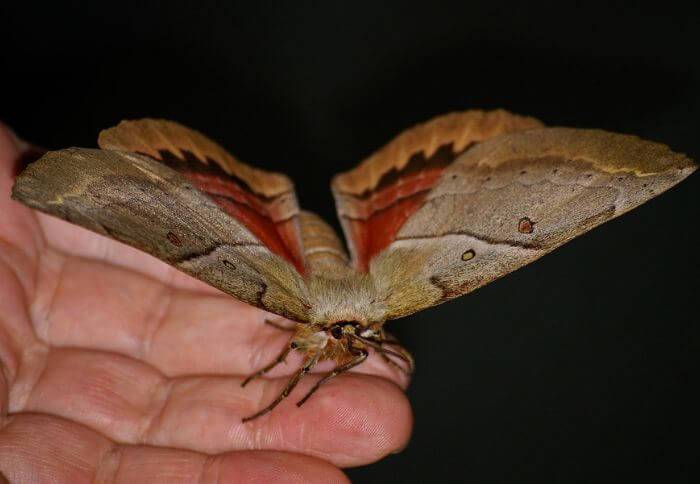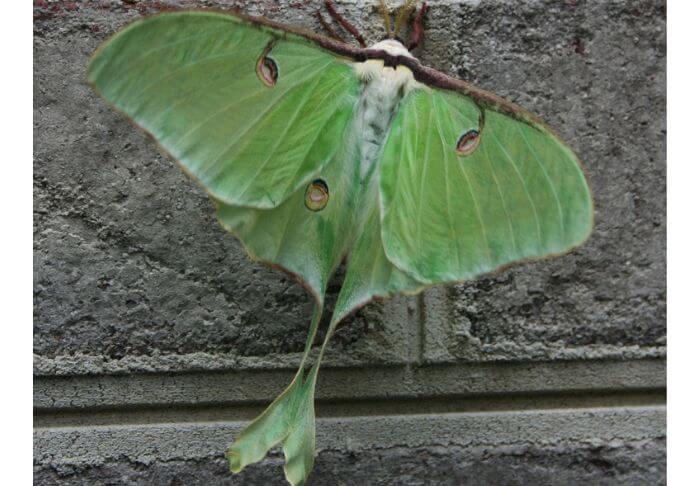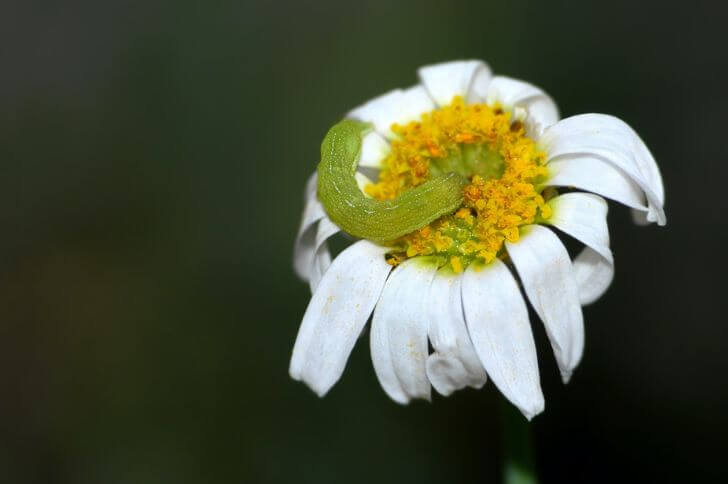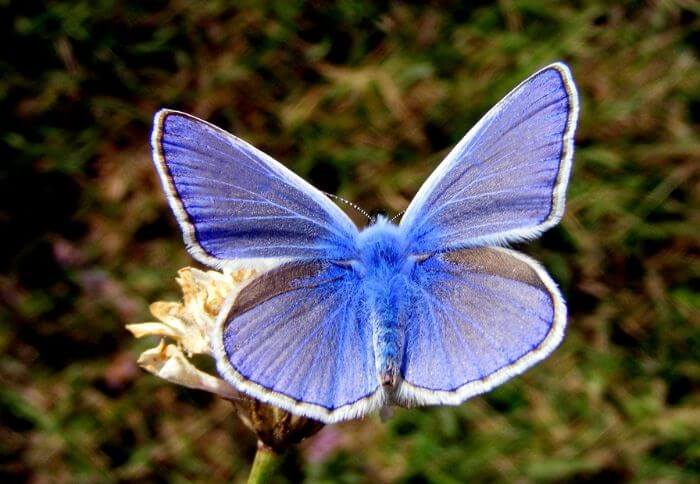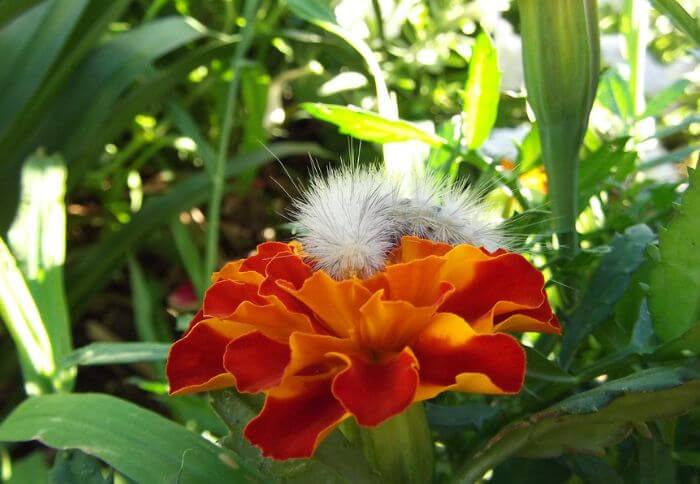Are Green Caterpillars Poisonous?
Have you ever come across a green caterpillar and wondered if it was poisonous? These tiny creatures, with their vibrant hues and intricate patterns, often catch our attention as they munch on leaves in our gardens.
While some caterpillars are harmless and even beneficial to the environment, others can pack a toxic punch. In this article, we will explore the fascinating world of green caterpillars and delve into whether their coloration is an indication of toxicity.
So, get ready to unravel the mystery behind these captivating creatures as we uncover whether or not green caterpillars are truly poisonous.
Importance of understanding caterpillar defenses
Understanding caterpillar defenses is not only important for scholars and researchers but also for nature enthusiasts and anyone interested in biodiversity. Green caterpillars employ a fascinating range of mechanisms to defend against predators, including camouflage, toxic chemicals, and physical structures.
One of the most well-known caterpillar defenses is coloration. Many green caterpillars possess vibrant colors or patterns that blend seamlessly with their surroundings, making them virtually invisible to predators such as birds or lizards.
Furthermore, caterpillars are skilled at employing chemical warfare as a defense mechanism. Some species produce toxic compounds within their bodies that can be harmful or even lethal to predators when ingested.
Notable Venomous and Poisonous Green Caterpillars
1. Io Moth Caterpillar – Venomous

While many caterpillars may sport vibrant and eye-catching colors, not all of them are as innocent as they seem. One particular species that demands caution is the io moth caterpillar.
This striking green creature, with its distinct patterns and spiky appearance, harbors a potent venom that can cause severe reactions in unsuspecting individuals.
The venomous nature of io moth caterpillars serves as a defense mechanism against potential predators. The toxins found in their bristles contain histamines, which can lead to painful inflammation and even allergic reactions if they come into contact with human skin.
It is essential to exercise caution when encountering these caterpillars, especially since their bright colors might mistakenly convey harmlessness.
Due to their potent venom, it is advisable to avoid handling io moth caterpillars altogether. While some people may experience mild symptoms like itching or localized pain after contact with the bristles, others could have more severe allergic reactions.
2. Saddleback Caterpillar – Poisonous
Another intriguing and dangerous green caterpillar is the saddleback caterpillar. While it may look harmless with its vibrant green color and distinctive reddish-brown spikes, this creature harbors a potent poison within its spines.
If you ever come into contact with a saddleback caterpillar, be cautious as touching it can lead to excruciating pain and irritation. The poison has been described by some as feeling like a burning sensation or being stung by multiple wasps simultaneously.
Even more alarming is that the saddleback caterpillar’s poison can cause severe allergic reactions in some people, resulting in symptoms such as swelling and difficulty breathing.
It’s essential to seek immediate medical attention if you are stung by one of these creatures and experience any worrisome symptoms. Remember to stay vigilant when exploring nature and educate yourself on the potential dangers of seemingly innocent critters like green caterpillars.
3. Spiny Oak Slug Moth Caterpillar – Venomous
The Spiny oak slug moth caterpillar is a stunning and unique creature. Its vibrant green body adorned with eye-catching orange spines captures the attention of anyone lucky enough to encounter it. However, beneath their charming appearance lies a potent defense mechanism.
These seemingly harmless caterpillars pack a punch when it comes to venom. Their spines are not just for show; they deliver a powerful toxin that can cause intense pain and discomfort if touched.
The venom is primarily composed of irritating proteins that can cause severe skin reactions in humans and animals alike. While encounters with this caterpillar may be rare due to its limited distribution, it’s essential to exercise caution if you come across one – no matter how fascinating or innocent it may seem.
So why would such a magnificent creature need such an aggressive defense strategy? It turns out that being brightly colored and armed with toxic spikes has significant advantages in the world of survival.
By advertising their toxicity so boldly, these caterpillars warn potential predators about their unpalatability. This tactic proves effective by ensuring that most creatures will steer clear of such an unpleasant and potentially harmful meal. It’s remarkable how nature equips even the most delicate beings with mechanisms to protect themselves from harm.
4. Giant Silkworm Moth Caterpillar – Venomous
Endemic to South America, the giant silkworm moth caterpillars are a sight to behold. But don’t be fooled by its beauty – this caterpillar packs a venomous punch.
While most green caterpillars are harmless, the toxins secreted by the hairs on the body of this particular species can cause allergic reactions in humans and other animals.
Research has shown that even coming into contact with these caterpillars can result in skin rashes, itching, and irritation.
In some cases, individuals may experience more severe symptoms. It is important to exercise caution when encountering these fascinating creatures to avoid any potential harm.
Despite their poisonous nature, it’s worth noting that these moth caterpillars play a vital role in 5. Variable Oakleaf Caterpillar – Poisonous
The Variable Oakleaf Caterpillar is a fascinating creature that both captivates and confounds nature enthusiasts. With its unique appearance, featuring a body covered in hues of green, white, yellow, and brown, this caterpillar stands out among its leaf-munching counterparts.
But what truly sets it apart is the poison it possesses within its tiny spikes.
When threatened or disturbed, this green caterpillar releases a toxin that can cause severe pain and irritation to those who come in contact with it.
The toxins are meant to ward off potential predators but can also serve as a reminder to humans that not all creatures are harmless. This poisonous defense mechanism makes the caterpillar an important part of maintaining ecological balance in natural ecosystems.
While many may perceive these colorful caterpillars as mere pests invading their gardens or trees, they play an essential role in our ecosystem’s cycle of life.
As they feed on leaves using their strong mouth parts, they break down plant material into smaller particles that decompose faster. In doing so, they help enrich the soil by releasing essential nutrients back into it.
By acknowledging and appreciating such intricate relationships in nature, we can develop a deeper understanding and respect for the often overlooked creatures sharing our planet.
6. Crowned Slug Caterpillar – Poisonous
One of the most peculiar green poisonous caterpillars is the crowned slug caterpillar. With its vibrant green coloration and peculiar appearance, it is an intriguing creature found in various parts of the world.
Its flattened slug-like body is adorned with numerous spiky protuberances resembling tiny crowns, which give it a regal yet dangerous allure. However, beneath its charming exterior lies a potent secret: the crowned slug caterpillar possesses poisonous sacs.
Although often mistaken for harmless slugs due to their slug-like movements and appearance, these caterpillars pack a powerful punch when threatened. Their toxic spines are capable of injecting venom into any unsuspecting intruder or curious human who dare touch them.
The ensuing reaction can range from localized redness and swelling to severe symptoms.
Despite their striking beauty and hazardous nature, researchers have discovered that these poisonous green caterpillars serve an essential ecological role by preying on specific plant species harmful to agriculture or native habitats.
By selectively feeding on these plants, they help maintain balance within ecosystems while simultaneously acting as natural pest control agents.
7. Atlas Moth Caterpillar
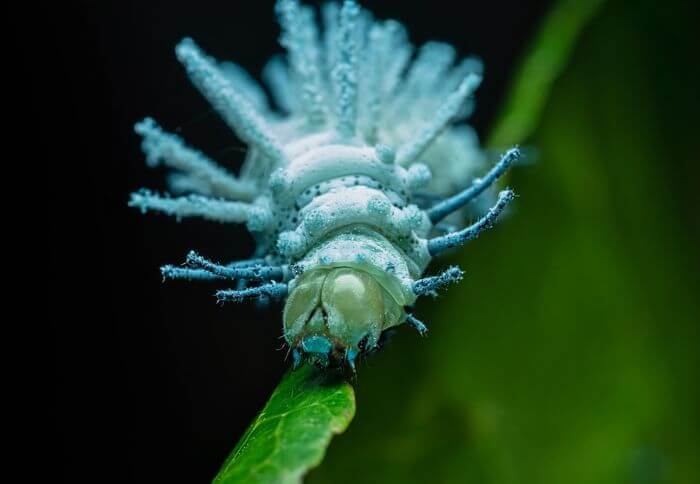
The atlas moth caterpillar, known for its impressive size and vibrant colors, is one of the most fascinating creatures in the insect world. However, what many people don’t realize is that this magnificent creature is also dangerous.
This large caterpillar possesses toxic spines on its body that can cause severe irritation and even death if handled or consumed by predators.
The poison found on the spines of the atlas moth caterpillar acts as a defense mechanism against potential threats. When disturbed or threatened, it releases noxious chemicals that can cause intense pain and discomfort to anyone who comes into contact with them
Even the slightest touch of these spines can result in an allergic reaction or skin irritation.
Despite its poisonous nature, the stunning appearance of this green caterpillar continues to captivate entomologists and nature enthusiasts alike.
It serves as a reminder that beauty often conceals danger in unexpected ways within the natural world. Remember to admire these creatures from afar and resist the temptation to handle them – their toxicity is not something to be taken lightly!
Other Defense Mechanisms of Green Caterpillars
Camouflage and cryptic behaviors
One of the most fascinating aspects of nature is the incredible ability of certain organisms to blend seamlessly into their surroundings. Camouflage, which allows an organism to hide in plain sight, is a common strategy employed by many species.
From chameleons and octopuses to walking sticks and caterpillars, these creatures have evolved to take advantage of their environment, using camouflage as a means of survival.
For instance, green caterpillars are masters at blending into foliage thanks to their vibrant coloring. Their evolutionary adaptation allows them to feed on leaves without being easily detected by potential predators.
The green hue acts as a natural form of concealment against the backdrop of plants and leaves – making them virtually invisible. In some cases, they even have patterns or markings that mimic specific plants, further enhancing their ability to remain undetected.
But camouflage isn’t limited to color alone; cryptic behavior plays a significant role as well. Some green caterpillars have developed unique behaviors that add an extra layer of protection against predators.
For example, they may sway back and forth in response to wind movements or stay still for extended periods mimicking twigs or branches—a remarkable display of adaptability that helps them avoid detection.
ecosystems as pollinators. Their vibrant appearance serves as a warning sign for predators not to mess with them.
So while it’s best to admire these creatures from a distance, appreciating their unique characteristics reminds us of the intricate balance of nature – where even toxicity plays its part in maintaining harmony.
Sources:
https://en.wikipedia.org/wiki/Spiny_oak_slug
Passionate animal photographer with an unwavering love for capturing the essence and beauty of our furry friends.
With over five years of experience in the field, I have developed a unique ability to connect with animals on a deeper level, allowing me to create stunning and captivating images that truly reflect their personality.
Let’s collaborate to capture unforgettable moments that celebrate the unique bond between humans and animals!
